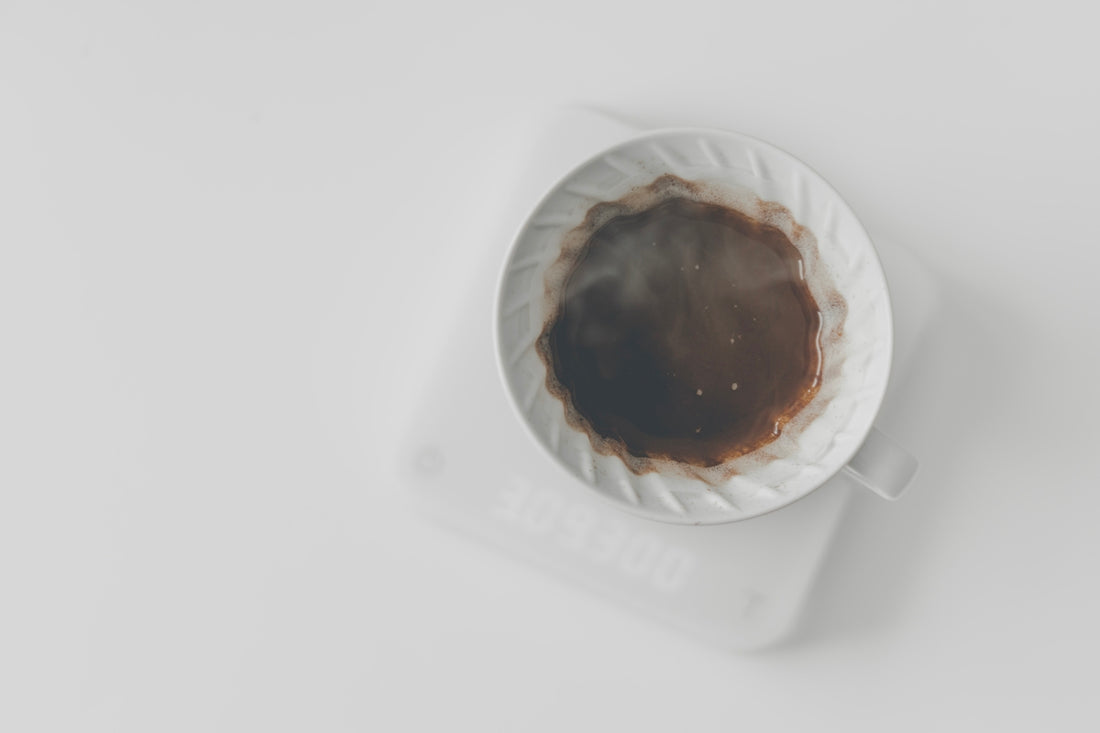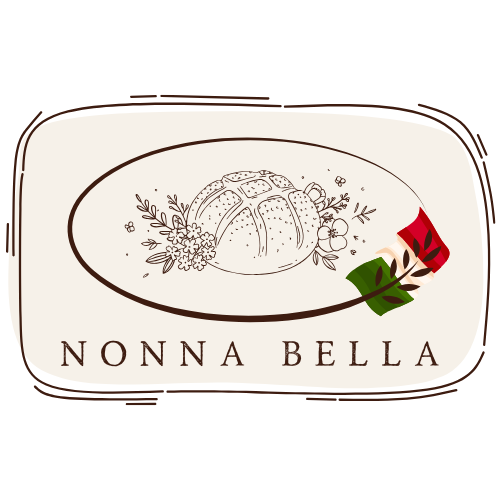
Sourdough Starter Feeding and Maintenance: Best Practices Unveiled
When embarking on the journey of making homemade sourdough bread, understanding the intricacies of sourdough starter feeding and maintenance becomes paramount. This art of artisan bread baking hinges on a living culture of wild yeast and lactobacilli, lovingly nurtured through specific feeding schedules and practices. Welcome to My Sourdough Life, where we unravel the best practices unveiled in the world of sourdough fermentation.
To create a thriving sourdough starter, we must focus on the essentials: how to feed sourdough starter, sourdough starter feeding schedule, and how to store sourdough starter. These components form the foundation of a successful sourdough baking journey.
For all your sourdough needs, remember to visit Italian Sourdough.
Understanding the Sourdough Starter
A sourdough starter is a simple combination of flour and water left to ferment naturally, capturing wild yeast and bacteria from the environment. This can then be used to leaven bread, producing the characteristic tangy flavor and airy texture intrinsic to sourdough bread.
Why opt for sourdough starter vs yeast? The answer lies in the unique flavor complexities and health benefits sourdough provides, including better digestion and a lower glycemic index, making it suitable for diabetics.
The Art of Feeding Your Sourdough Starter
Feeding your sourdough starter requires a delicate balance of time and resources. Typically, equal parts water and flour are added to your existing sourdough starter, also known as a refreshment. This replenishes the yeast and bacteria, providing them with the nutrients needed for fermentation.
How to Feed Sourdough Starter
- Ratio: A common feeding ratio is 1 part starter: 1 part water: 1 part flour. Adjust as needed based on your local environment.
- Schedule: Aim to feed your starter every 12 hours in a warm environment or once daily if stored in the refrigerator. Regular feeding ensures that your starter remains active and healthy.
Sourdough Starter Feeding Schedule and Maintenance
The frequency of feeding your starter greatly affects its activity levels. A reliable feeding schedule is key to maintaining a powerful starter. Keep an eye on environmental factors such as temperature and humidity, as these can significantly influence fermentation.
How to Store Sourdough Starter
Storing your sourdough starter properly ensures its longevity. For long-term storage, place it in the refrigerator, feeding it every week. If you’ll be away for longer, consider drying your starter for preservation.
Troubleshooting Common Sourdough Issues
Even seasoned bakers encounter challenges with sourdough starter troubleshooting. Here are some typical obstacles and solutions:
- Inactive Starter: If your starter isn't bubbling or growing, try increasing the frequency of feedings.
- Unpleasant Odor: A foul smell indicates improper pH levels. Discard half and feed it twice daily until the aroma improves.
- Mold Growth: This is rare but indicates your starter has been neglected. Discard any moldy portions.
From Starter to Bread: A Seamless Transition
Transitioning from maintaining your starter to creating a delicious sourdough bread recipe involves several steps, from mixing, shaping, and scoring to the final bake. Each phase is crucial for an artisan-quality loaf.
How to Bake Sourdough Bread
- Mix your leavened starter with flour and water.
- Allow the dough to autolyse, integrate salt, then stretch and fold.
- Let the dough ferment, shape it skillfully, and finally, score before baking.
For ease of handling, consider using a Non Stick Silicone Baking Mat for a seamless baking experience.
Best Sourdough Scoring Techniques
Scoring your bread allows for controlled expansion during baking, creating a visually appealing loaf. Experiment with patterns using a swift, confident incision to ensure an even rise.
How to Shape Sourdough Bread
Effective shaping is key to a well-risen loaf. Ensure proper tension to develop a robust and stable form that will hold up during baking.
Journey into Artisan Bread Baking
Continuing the journey into artisan bread, the right tools can make all the difference. Invest in quality bakeware like the Nonna Bella 2 in 1 Seasoned 4.5L Cast Iron Double Dutch Oven Combo Cooker for even heat distribution, enhancing your sourdough bread's crust and texture.
Savor the journey of transforming simple ingredients into extraordinary sourdough, whether it’s your first foray or you’re refining your skills. The satisfaction of baking healthy, naturally fermented bread at home is incomparable.
Embrace the joy of sourdough baking by visiting Italian Sourdough to explore more about perfecting your craft.
As you hone your skills, use this guide as your trusted companion on the road to perfect sourdough. Share your successes and troubleshoot challenges as you go, and may your kitchen forever smell of freshly baked sourdough bread.
Savor the experience: the art and science of sourdough weaving together in moments of pure culinary artistry. Happy baking!
